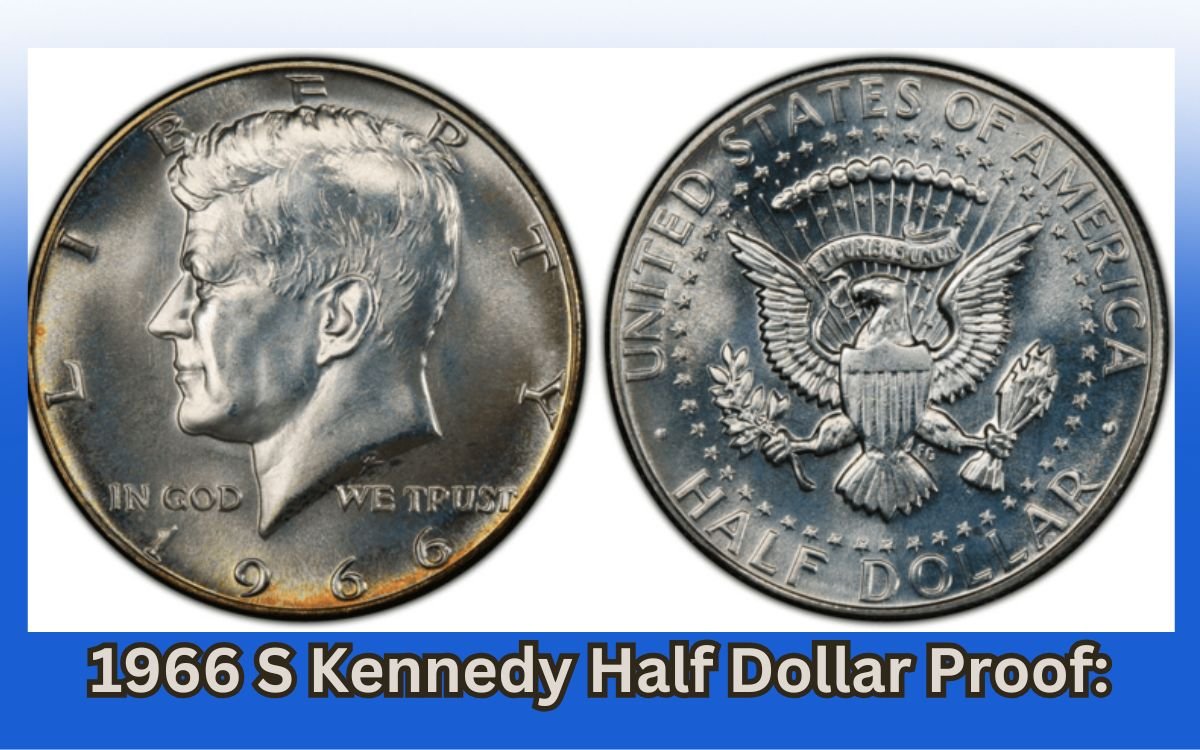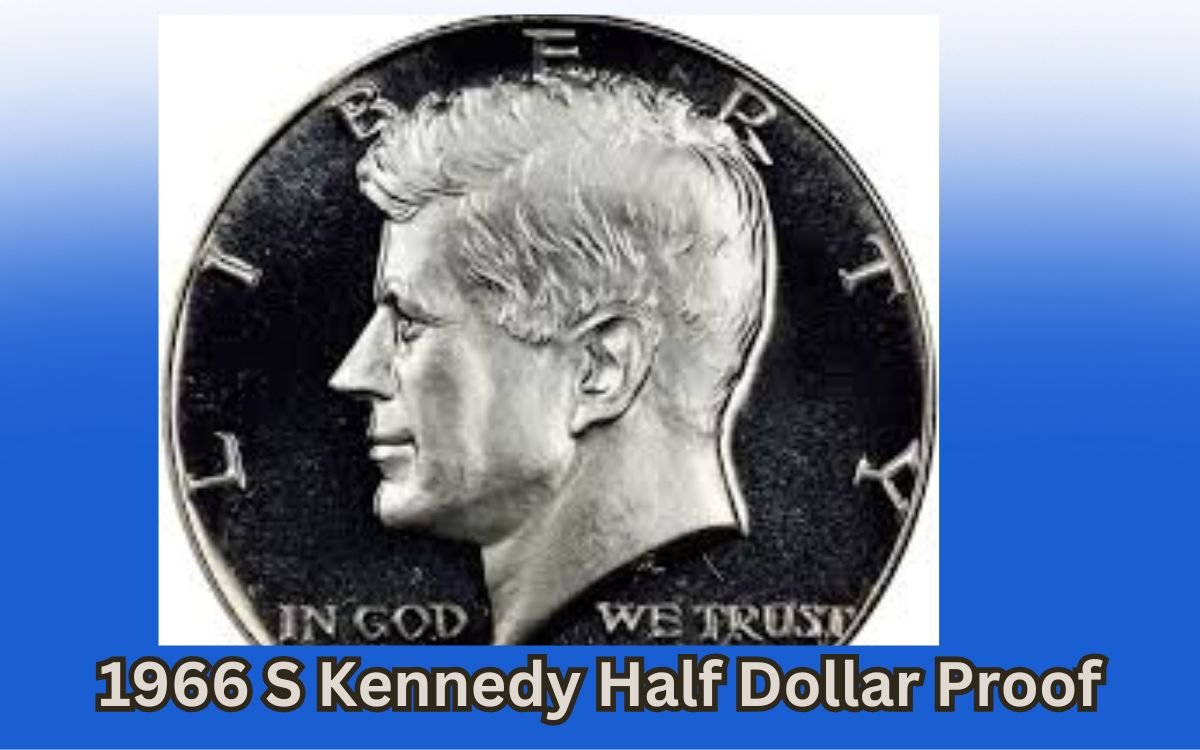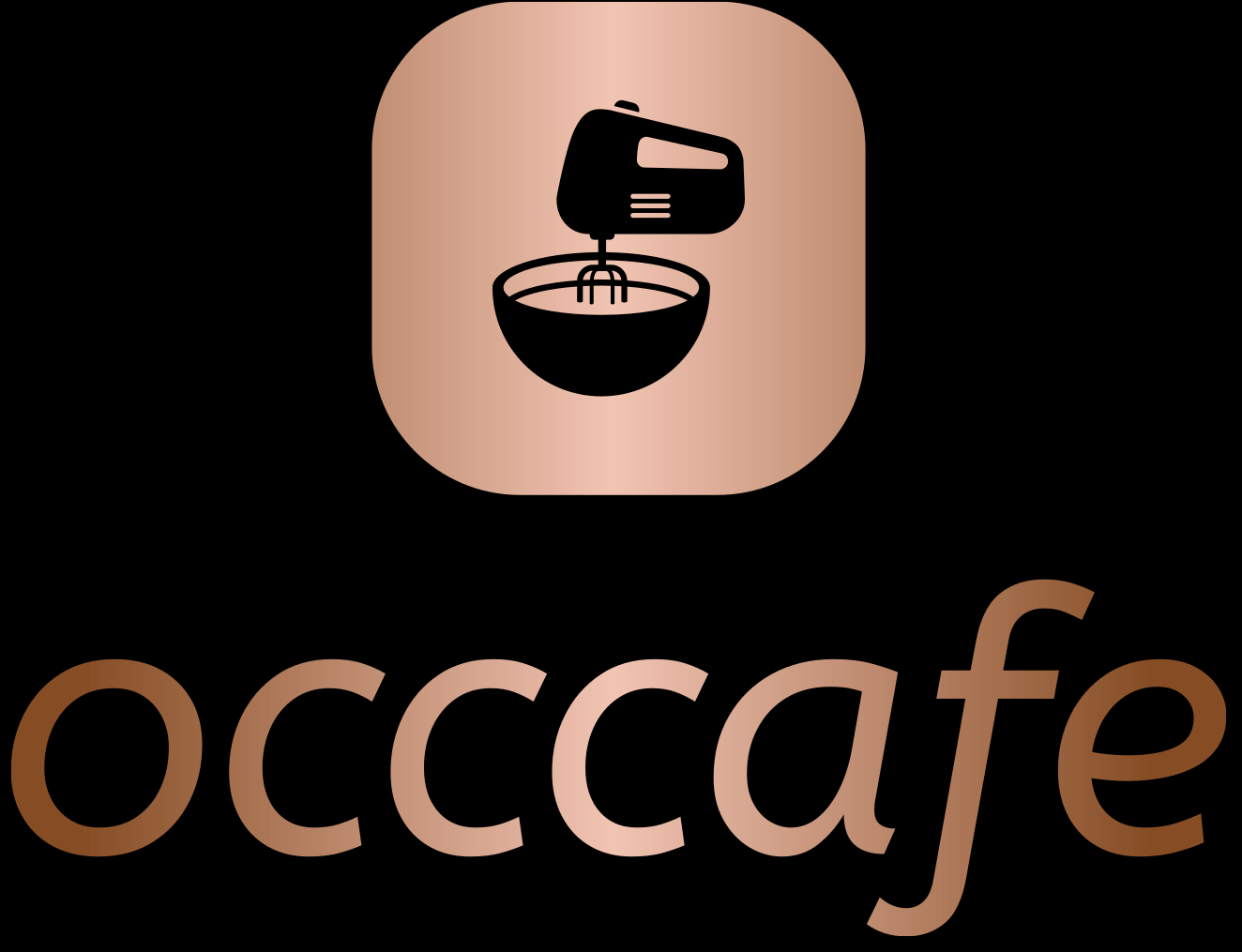The 1966 Kennedy half dollar is one of the most common coins in existence with a mintage of over 70 million. In circulated condition, it’s not rare or worth much of anything.
A 1966 Kennedy half dollar is usually worth $6 to $8 in uncirculated condition. If the coin is Proof, then it can range from $10 to $15.
The 1966 Kennedy half dollar contains a 40% silver composition along with 60% copper, weighing in with about 0.1479 troy ounces of content.
The 1966 Kennedy half dollar isn’t particularly valuable but a wonderful addition to any collection or investment portfolio.
What is a 1966 Kennedy Half Dollar made of?
The Kennedy half dollar, a fifty-cent coin was the first conceived by the US Mint in 1964. The coin is still being made today. It was a little over one month after John F. Kennedy was shot and killed when the US Congress approved what was meant to be a memorial.
The Mint used finished sculptures by artists Gilroy Roberts and Frank Gasparro in the production of the new coins for the first time in January 1964.
By March of 1964, the newly minted silver coins came out, and everyone, coin enthusiasts and those looking for a way to commemorate the life of the recently deceased president, wanted to find them.
The Mint quickly and dramatically increased production, but because everyone was so concerned with holding onto the money as a collectible rather than actually spending it, the currency was hardly ever circulated.
These coins became increasingly valuable when the price of silver climbed, and often, the coins were melted down to extract their 90% silver content.
This metal alloy was further modified to comprise 40% silver and 60% copper; its weight weighed in as a total of 11.5g. That is after one year the first of Kennedy half dollars would have come to life, the Kennedy half dollar remains highly collectible until now.
The profile bust of John F. Kennedy on the coin, the word “LIBERTY” along the top rim and the year of mintage are all designs of Gilroy Roberts. On both sides of his neck, it is written: “IN GOD WE TRUST”. The reverse face is from Frank Gasparro in the form of a big-winged eagle which carried an olive branch on one of its feet and had arrows in a bundle at its other foot.
Above the head of the eagle, there is a banner bearing the phrase “E PLURIBUS UNUM.” There is also a circle of stars encircling the eagle. At the right and left side of the upper rim is the print of “HALF DOLLAR” and “UNITED STATES OF AMERICA.”.
It cost 5 shillings, or 26p for a gallon of petrol; the average house sold for £3,840 and John Lennon famously remarked the Beatles were more popular than Jesus, while the USSR and US put up a succession of space flights into the sky.
Meanwhile, back on terra firm a, it was a triumph of victories when England defeated Germany at the world cup, to say the least one of their most notorious ones.
1966 Kennedy Half Dollar Varieties:
Type: Kennedy Half Dollar
Edge: 150 Reeds
Place of minting: Philadelphia and Denver
Year of minting: 1966
Face Value: $0.50
Quantity produced: 108,984,932
Composition: 40% silver and 60% copper
Mass: 50 grams
Diameter: 15 millimeters
Thickness: 6 millimeters
In an attempt to control low circulation figures, which seemed to be fueled so much by avid collecting, mint marks on all U.S. coinage was done away with for five years. This took place in 1965.
1966 S Kennedy Half Dollar Proof:
Type: Kennedy Half Dollar
Edge: 150 Reeds
Place of minting: San Francisco
Year of minting: 1966
Face Value: $0.50
Quantity produced:2,200,000
Composition: 40% silver and 60% copper
Mass: 50 grams
Diameter: 15 millimeters
Thickness: 6 millimeters

Deep Cameo Only coins with a deep and intense frosted finish on the devices and with excellent visual quality are Deep Cameo. Only the first coins struck by a newly minted set of proof dies show the devices under an extraordinary frosted finish.
1966 50C SMS Doubled Die Obverse (Special Strike)
One type of die variation that can occur on a coin is called a doubled die. A die variety is an error on a die that often produces coins. Therefore, different examples of the same variety will be found.
In other words, a doubled die variety occurs when an error at the hub stage causes the design on the die to be doubled.
1966 50C SMS No “FG” (Special Strike)
The No FG can be found on any Kennedy half, although there are some specific problems that the No FG is classically credited with and also render it extremely valuable.
Amongst the most eagerly sought of these are the 1966 SMS, the 1972-D and the 1982-P No FG Kennedy halves.

How Much Is the 1966 Kennedy Half Dollar Worth Today?
In circulating condition, the Kennedy Half Dollar 1966 has a value of at least its metal worth in silver.
The melt value of this coin is $3.50 as of January 10, 2023. Based on the $23.64 per ounce spot price for silver as of this writing).
But the vast bulk of these coins are uncirculated Kennedy half dollars. Most of them were not used in circulation because the collectors who originally kept them just never spent them.
How Does the Grading System Work?
Numismatists use the Sheldon Scale in giving a number value to the coins. The Sheldon Scale ranges from poor, that is, P-1 to perfect mint state (P-1) which is MS-70. Initially, the condition was assessed using words (Good, Fair, Excellent, Etc.) before assigning the coins grades.
The sad thing was that there was a misconception between what the coin collectors and the dealers thought about what was being represented by these words.
Professional numismatists formed in the 1970s and established a scale for grading coins. Coin graders today grade pieces at significant points along a seventy-point scale. Gradations employ the most frequently used numeric points on this scale combined with the originally developed adjective grade.
Some of the more common coin grades are listed below:
Poor –
Undistinguished and likely worn; if submitted, must be marked with date and mint mark; otherwise, rather heavily worn.
FR-2. Fair –
Almost glossy but lacking the wear and tear often present on a coin graded Poor. The coin should have sufficient detail so it can be identified
G-4. Fair –
Inscriptions have blurred with the rims in areas; important features have largely been removed.
(VG-8) Very Good- A bit worn, but all of the central design elements are strongly show through very faintly. Very little if any center detail is left.
(F-12) Good – Item is highly worn, yet it has an even wear to the element, and most details are easily readable overall design. Rims are almost fully separated from the field.
(Grade of VF-20) Somewhat worn, but it is still possible to pick out the finer details of lettering. The motto and all letters of LIBERTY are readable. It has full rims on the obverse and reverse surfaces, which are separate to the field.
(Grade of EF-40) It is extremely fine and mildly circulated; all machines are very sharp, and most crucial ones are bold. They are well-defined but will show slight wear in all.
A-58. MS-60 Choice. A few surface contact marks, otherwise essentially full original mint brilliance with great eye appeal.
(MS-60) Mint State Basal – Essentially uncirculated; no indication of wear on the highest points of the coin, but an unsightly coin with reduced luster, visible contact marks, hairlines and other defects.
(MS-63) Mint State Acceptable – Uncirculated, but with contact scratches and nicks, very little reduced shine but otherwise attractive appearance. Strike is weak to average.
(MS-65) Choice Uncirculated – Highly lustrous with virtually no contact marks and very aesthetically pleasing. The strike is nearly shockingly deep.
(MS-68) Mint State Premium Quality – Brilliant with no contact marks visible to the naked eye and extremely appealing to the eye. Strike is rapid and pleasing.
MS-69 Almost Perfect Mint State — Bright, sharp striking and rich in eye appeal. Basically, a near perfect coin with minute imperfections to planchet, strike and contact marking which can only be perceived at 8x power magnification.
(MS-70) Mint State Perfect – Hand-striking, under magnification no smaller than 8x, reveals no minuscule imperfections; the strike is razor sharp with the coin sharply centered to a beautiful planchet. It is rarely seen on any coin and is brillantly bright and whole in every respect; original luster and the coin itself has great eye appeal.
Where to buy or sell 1966 Kennedy Half Dollar?
Because the bulk of 1966 Half Dollars is found available on the market for buying and trade, so few of them are left as uncommon or rare which you could find in their respective years of mintage.
Only if you were to think that your coin were exceptional would you think seriously about taking it into any specialty stores, auction sites, or dealers, like the Heritage Auctions. Definitely look for doubling or missing ‘FG’ initials, or the ‘frosted’ look seen in deep cameo coins before selling, as these factors can greatly increase the value of the coin.
If you are not sure how rare your 1966 half dollar is, ask questions on coin collecting forums like the U.S. Coin Forum. It is advisable to use services like PCGS to grade your coin.
FAQS:
Where to buy or sell 1966 Kennedy Half Dollar?
The mint mark is where on the 1966 half dollar?
Since the 1965 Coinage Act was passed, no mint marks did exist on the 1966 Half Dollar
How much silver is in a 1966 Kennedy half dollar?
This contains 40% silver and the rest is copper, summing up to 60%.
How much is 1966 50C SMS No “FG” (Special Strike) – Half Dollars worth?
No FG Half Dollars usually range from $175 to $2,600 depending on the grade of the coin.

